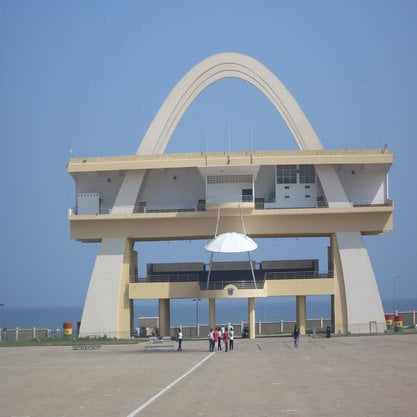Article
Osun Osogbo Sacred Grove By Probst, Peter
Article
The Osun Osogbo Sacred Grove is part of the story of Nigerian Modernism. Situated on the outskirts of the city of Osogbo in Southwest Nigeria, the grove consists of seventy-five hectares of forestland along the banks of the Osun river. Hunting, farming, and fishing are forbidden in the grove. No permanent settlements are allowed. Instead the area is covered with a large number of sculptures and temples of various sizes and materials. Some are made of wood, others of stone and cement. Both the structures and the restrictions echo the religious character of the site. Osun is not only a river, but also Osogbo’s guardian deity who is credited with providing wealth, fertility, and protection. The origin of these structures dates back to the 1950s when the entangled forces of colonialism, Christianity, and commerce had started to erode the relationship between the city and the goddess. The cohesive force of the Osun Grove declined. People began to ignore local restrictions on hunting, fishing, and farming to the point that the grove was at risk of abandonment. To address this crisis, in 1959—one year before Nigeria gained independence—a group of Osun ritual officials approached Susanne Wenger, an Austrian artist and a convert to Yoruba religion, and asked for her help.


